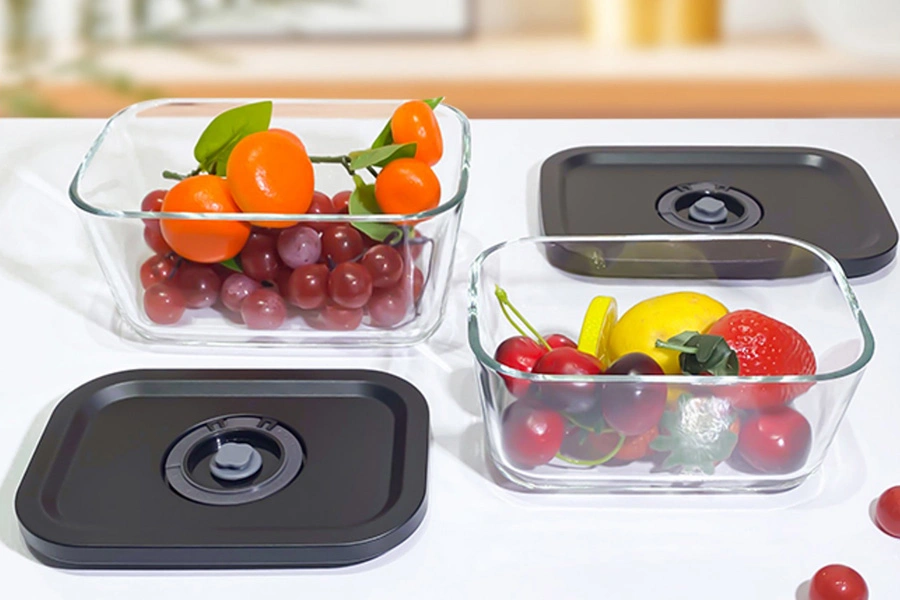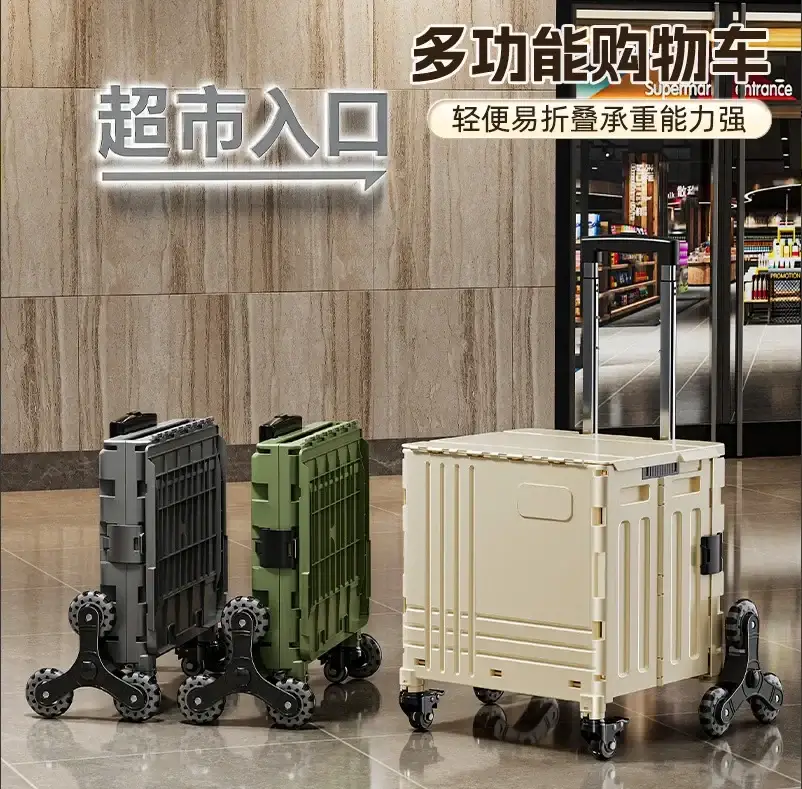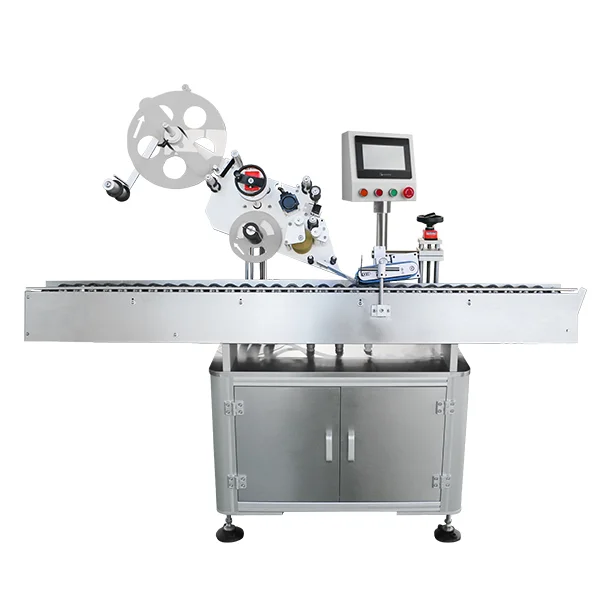Among modern kitchen appliances, vacuum food containers have received widespread attention for their excellent freshness preservation effect, and space utilization. A high-quality vacuum food container can not only effectively extend the freshness of food, but also help reduce food waste, bringing both health and economic benefits to users. However, there are many types of vacuum food containers on the market, and their material and durability have become key factors in measuring product quality. This article will delve into the material selection and durability performance of vacuum food containers to help consumers make informed purchasing decisions.
A vacuum food container is a container that uses vacuum technology to remove the air inside the container, thereby creating an oxygen-deprived environment to store food. This low-oxygen or anaerobic state inhibits the growth of microorganisms and the food oxidation process, keeping food fresh for a longer period of time.
Types and materials of vacuum food containers
Vacuum food containers on the market are usually made of plastic, glass, or stainless steel, each material has its own unique characteristics and advantages.
1. Plastic vacuum food containers
Plastic containers are lightweight and unbreakable, making them the first choice for many households. High-quality plastic vacuum food containers usually use food-grade materials such as polypropylene (PP) or polyethylene (PE), which do not contain harmful chemicals and are safe for food contact. In addition, plastic containers come in various designs, are stackable, and are easy to store and carry.
2. Glass vacuum food containers
The transparency of the glass material allows the contents to be seen at a glance, making it easy to check the status of the food. High borosilicate glass has good heat resistance and can be safely used in microwave ovens and ovens, but it is relatively fragile and fragile, which is its main disadvantage. Nonetheless, glass containers do not contain any chemicals and are safer for storing acidic or hot foods.
3. Stainless steel vacuum food containers
Stainless steel containers are durable, resistant to damage, and won't degrade over time like plastic. High-quality stainless steel materials such as 304 or 316-grade stainless steel have good corrosion resistance and will not react chemically with food. Despite its relatively high price, its long-term durability and safety make it a top choice for many consumers.

Vacuum Food Container Durability
Durability is one of the important indicators for judging the quality of vacuum food containers. A strong and durable container can not only withstand the wear and tear of daily use but also maintain good sealing performance over long periods of use.
1. Durability test
When purchasing, consumers can evaluate the physical strength and durability of the container through simple pressure tests, drop tests, and re-testing of sealing after washing. In addition, the warranty service and user reviews provided by the manufacturer are also good ways to understand the durability of the product.
2. The relationship between material and durability
Containers made of different materials have different performance in terms of durability. For example, while plastic containers are lightweight and cheap, they can become deformed after prolonged use or repeated heating. Although glass and stainless steel containers require higher initial investment, their wear resistance and resistance to deformation mean a longer service life.
3. Maintenance and maintenance
To ensure the best use and longest life of your vacuum food container, correct maintenance and upkeep is essential. This includes gentle cleaning to prevent scratches, avoiding the use of abrasive cleaners, and regularly checking the integrity of rubber parts such as seals.
Vacuum food containers provide modern families with an efficient and healthy way to preserve food. When choosing a vacuum food container, consumers should carefully consider the material and durability of the container, which is not only related to long-term economic benefits, but also directly affects the safety and quality of food. With proper selection and maintenance, vacuum food containers will become an indispensable helper in the kitchen.
When choosing a vacuum food container, you must consider not only the cost of purchase, but also long-term performance maintenance and potential health risks. High-quality materials and good durability are the basis for ensuring food safety and maximizing freshness preservation. By taking a variety of factors into consideration, we can provide families with a healthier and more economical food storage solution.
mia
ltt@bsfmould.com



